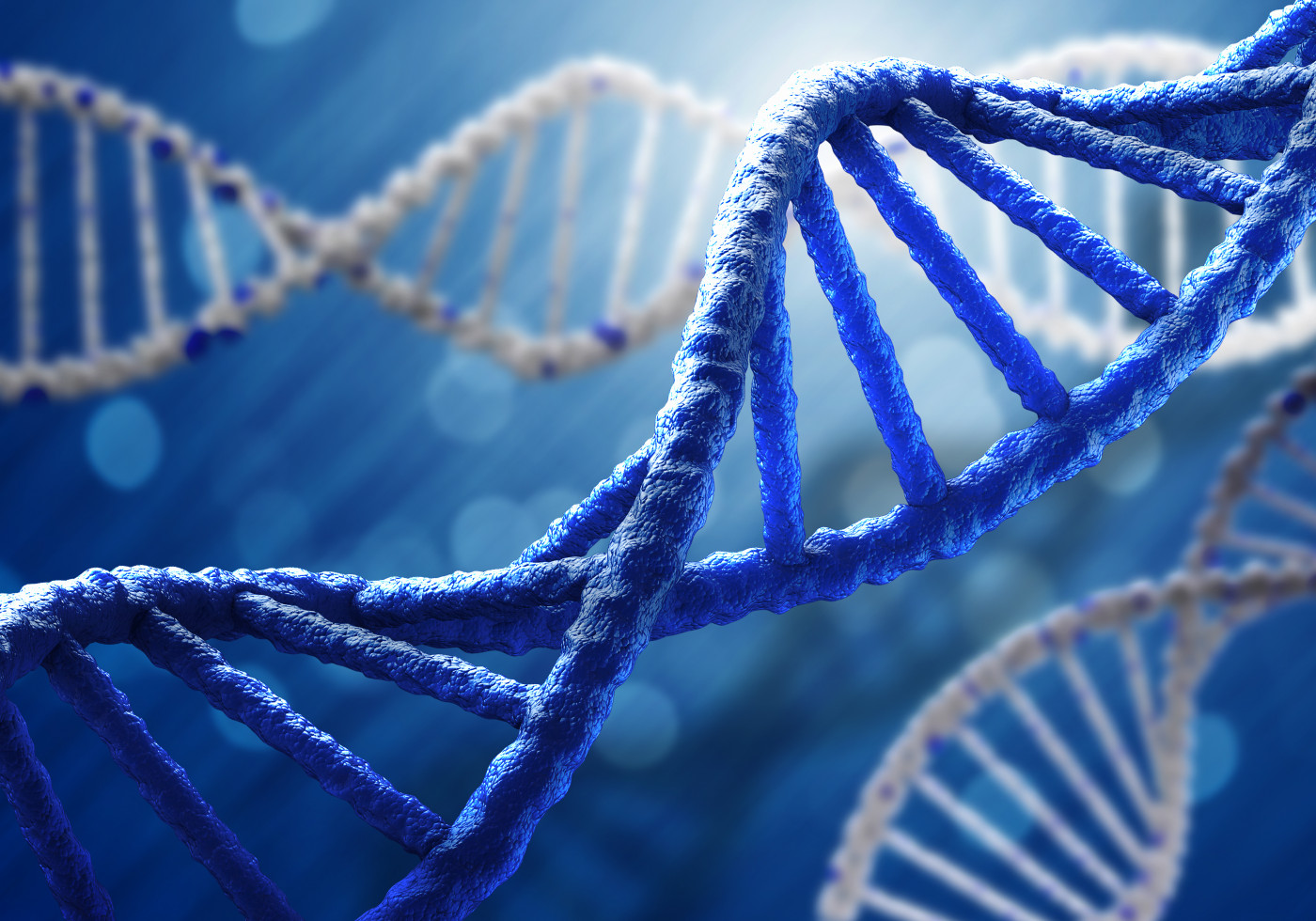Specific Genetic Subtypes Linked to Distinct Physical Features of PWS, Study Reports
Written by |

The specific type of genetic defects in people with Prader-Willi syndrome (PWS) is associated with distinct physical characteristics such as height, weight, and hair thickness, a study has found.
Yet, treatment with growth hormone (GH) therapy seems equally effective regardless of PWS molecular subtype.
The findings were reported in the study, “Molecular subtype and growth hormone effects on dysmorphology in Prader–Willi syndrome,” published in the American Journal of Medical Genetics.
PWS is caused by genetic alterations that lead to the loss of function of paternal genes located on chromosome 15, which control metabolism, appetite, growth, intellectual function, and social behavior.
In most individuals with PWS (65–75%), these defects are caused by a mutation that removes (deletes) a portion of DNA from these genes.
However, in 20–30% of the cases, these changes are caused by maternal uniparental disomy (UPD), which occurs when a patient receives two copies of chromosome 15 from the mother and none from the father, resulting in a complete loss of paternal genes.
In rare occasions (2–5% of the cases), the disorder may also be caused by imprinting defects in chromosome 15. Genomic imprinting is the process by which one copy of a gene, either the maternal or paternal copy, is inactivated by a DNA modification called methylation.
Originally, PWS was associated with distinct facial and physical features, including small hands and feet, hypogonadism (underdeveloped gonads), short stature, and obesity.
Studies have found that GH therapy may benefit young children with PWS, not only because it helps them to grow taller, but also because it stimulates metabolism, thereby decreasing body fat and increasing muscle mass.
Researchers from the University of California, Irvine, investigated the possible relationship between genetic defects in PWS and its specific manifestations, as well as patients’ response to GH therapy.
More specifically, investigators wanted to see if physical manifestations and treatment responses were different in patients with PWS caused by paternal deletions compared to those with UPD.
To that end, they analyzed genetic and clinical data from 64 individuals with PWS, including 34 with paternal deletions and 30 with UPD. Thirty-one participants had received GH therapy for up to eight years.
Among patients with deletions, the average age at the start of the study was 9.2 years in those treated and 12.1 years in those not treated with GH. Among those with UPD, the average age was 11.8 years in treated patients and 9.9 years in those not treated with GH.
Results showed that those with deletions tended to be heavier and taller, and have smaller head circumferences than those who had UPD, and to have fair skin and hair compared to family members. In addition, females with PWS associated with deletions were more likely to have underdeveloped external genitalia compared to those whose disease was caused by UPD.
Individuals who received GH therapy were taller, had larger hands and feet, and more commonly had thick hair and narrow nasal bridges than those untreated with GH.
The researchers found differences in the therapy’s effects on physical features between individuals with PWS caused by deletions and those whose PWS was caused by UPD.
“Our studies suggest benefits of GH therapy treatment in individuals with PWS … irrespective of [their] molecular subtype,” the investigators wrote.
“While untreated individuals with UPD appear shorter on average than untreated individuals in the deletion group, the increase in height associated with GH treatment appears to be greater in the UPD than in the deletion group,” they added.
Still, larger studies are needed to confirm these results, the scientists said.





